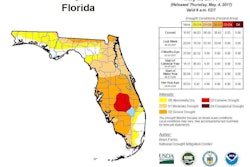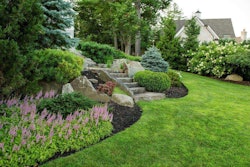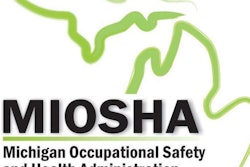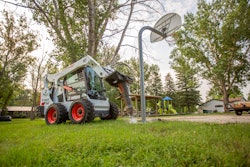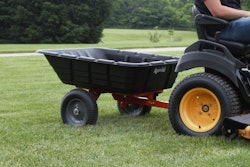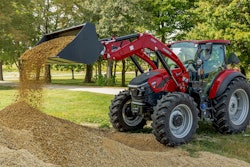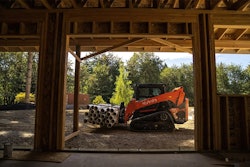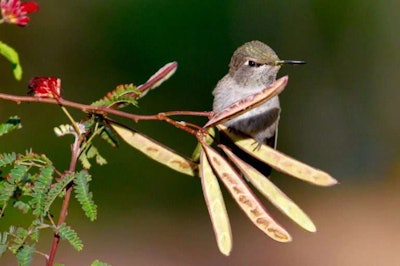
 Photo: Renee/Flickr
Photo: Renee/FlickrWith these April showers came May flowers, and what did the flowers bring along with them? That’s right, hummingbirds.
It’s hard not to be mesmerized by these tiny creatures as they flit and flutter faster than we can sometimes process. And who doesn’t get even a little bit of entertainment from watching their antics? I’m sure most of us fondly remember the hijinks of Flit from Pocahontas, right?
Many hummers migrate hundreds to thousands of miles, and their arrival time can vary across the country. Because of this, they must eat several times their weight in nectar each day to stay alive. But problems have risen that could potentially interrupt the hummingbirds’ migration: climate change and urban development.
According to research done by the National Audubon Society, the shifting bloom times of nectar plants, as well as the earlier arrival of spring in their wintering and breeding grounds, are posing a threat to these birds.
Along with butterflies, moths, bats and bees, hummingbirds play an important role in flower pollination, which is a crucial part of a healthy ecosystem and the human food supply. While some folks think hanging up a hummingbird feeder is all they have to do, that’s just not the case.
While hummingbirds are consuming their weight in nectar every day, they follow regular routes when feeding, called trap-lining. Once a hummingbird has found a feeder, it will come to depend on it as one of its sources of nectar. During the summer, or when left in direct sunlight, these feeders need to be cleaned every three to four days, as they can develop fungus or mold. If they are not cleaned properly, hummingbirds may get infections, which can swell their tongues and ultimately lead to starvation.
For customers who may see the feeder life as just a bit too complex, suggest a hummingbird garden. Audubon encourages hummingbird fans across the nation to have native plants in their landscapes to help the hummers thrive, and with these plants beginning to bloom, the hummers are returning. It may not seem like a big move at first, but encouraging your clients to focus more on having native plants in their landscapes can prove to be a huge benefit to not only the hummingbirds but also to helpful insects.
Be sure to keep the focus on nectar-rich flowering plants, such as annuals, perennials, vines, trees and shrubs. To attract the hummingbirds, look for red or orange tubular plants; penstemon, honeysuckle, coral bells, bee balm, columbine and salvia are some of their favorites, but they can vary depending on the state.
Group these different types of plants together, and plant them at different blooming periods to ensure there is always a steady supply of flowers all throughout the year. To find a few more ideas of options for your customers, check out the Audubon’s Plants for Birds database.
The use of pesticides could ultimately hurt your client’s chances of housing hummingbirds, as these birds also make snacks of bugs and pesticides could make its way into the nectar, and it’s recommended to leave small branches around the landscape for hummer perches.
For clients who don’t necessarily have a lot of yard space but still want to help, talk to them about the options of container gardens for patios, balconies and rooftops. Use the suggested plants, perch options and maybe add in a small bubbling or slow-dripping fountain to give the hummingbirds a place to bathe after a full day of flying.


